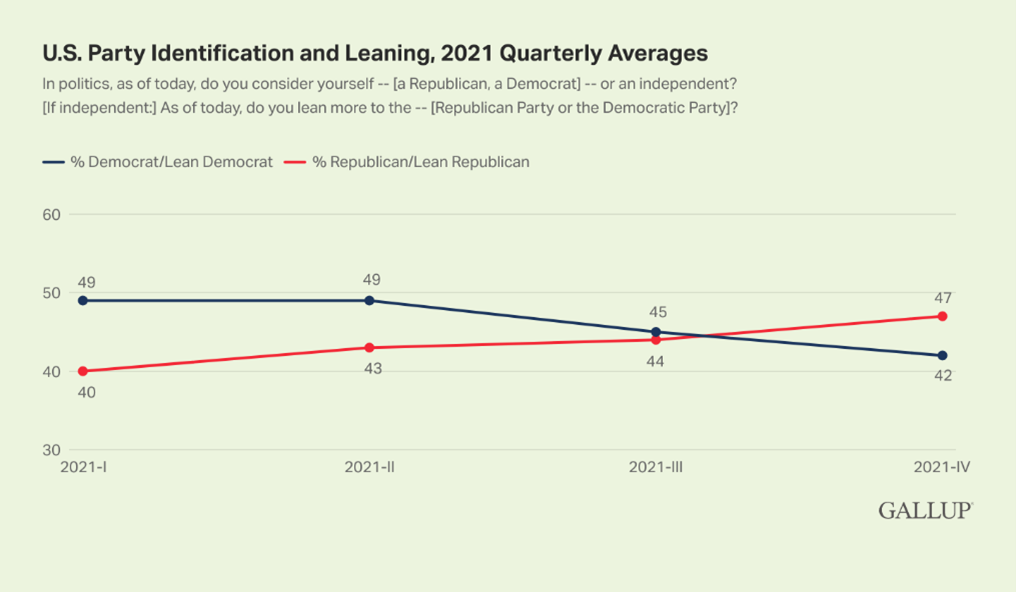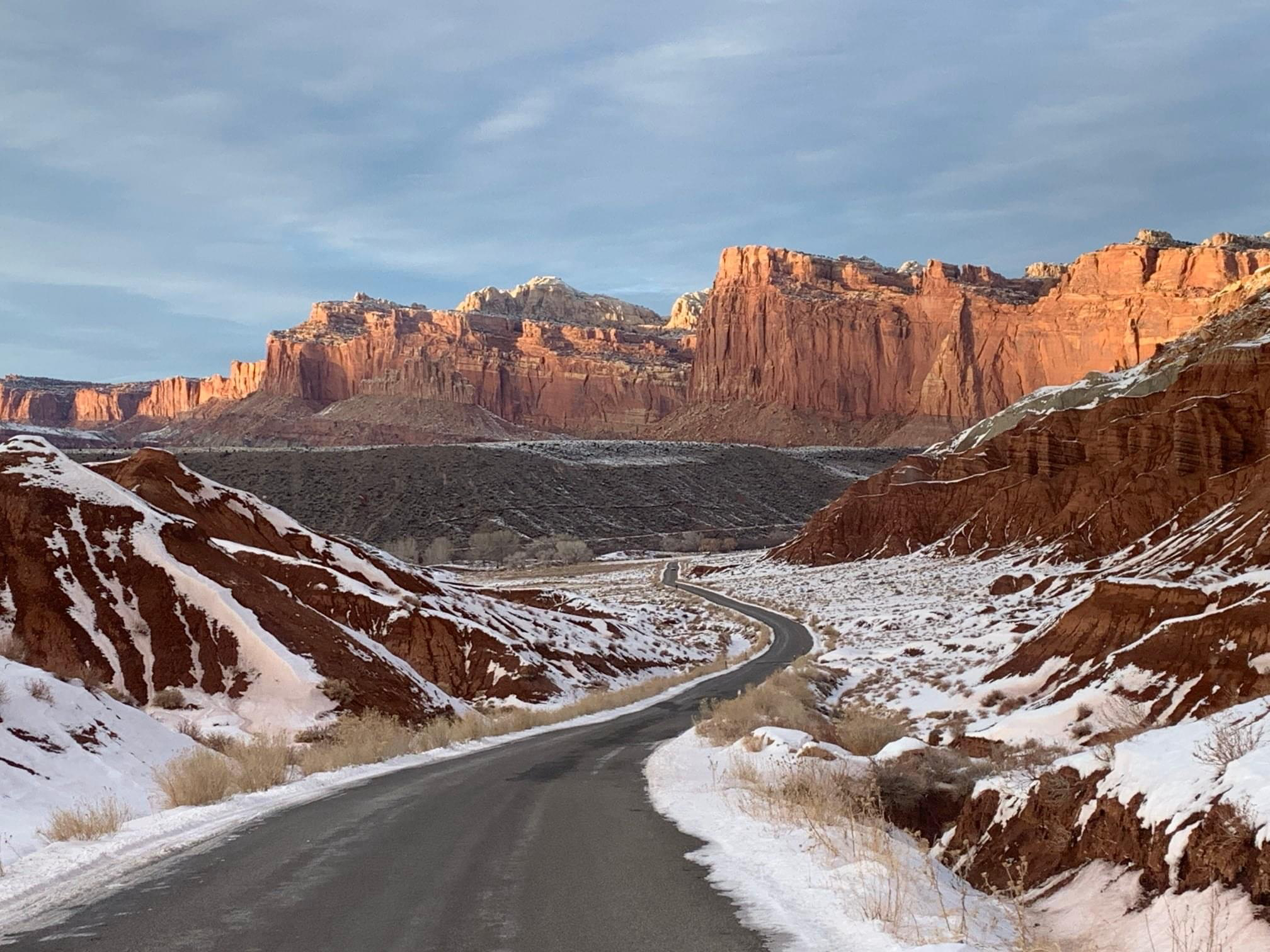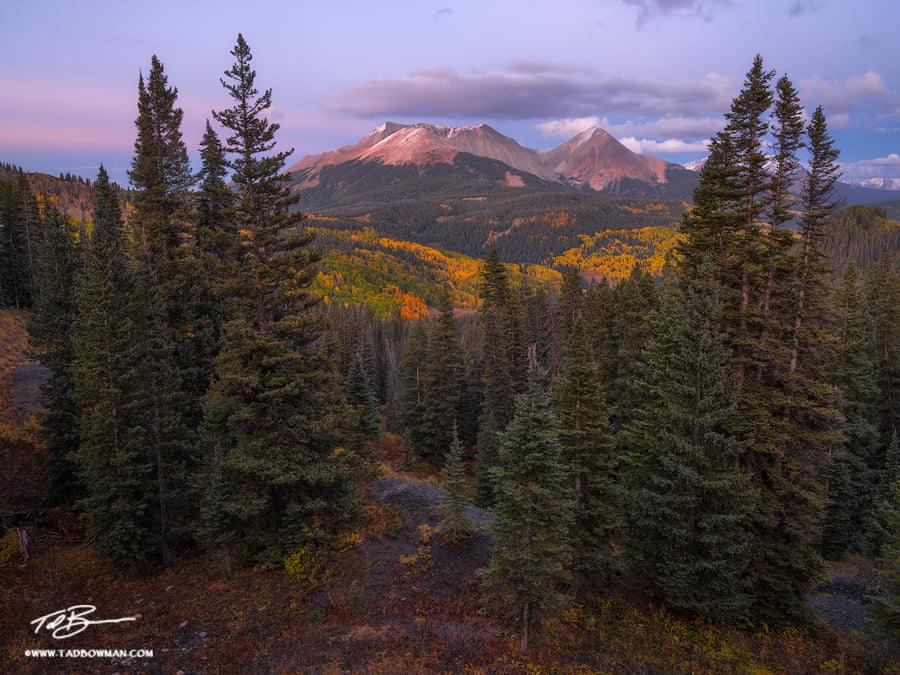The Daily Escape:

Griffith Observatory, LA, CA – April 2022 photo by Mike Holzel
You undoubtedly missed it, but on Wednesday, Biden gave a short speech on the budget deficit and the national debt. You can watch a video of his talk here. You didn’t see it because it received virtually no coverage in the media. From Robert Hubbell:
“….let’s engage in a thought experiment: Ask yourself, ‘By what amount has the deficit increased during Biden’s tenure—rounded to the nearest $1 trillion?’”
It’s a trick question. During Biden’s first year in office, the deficit decreased by $350 billion and is on track to decrease by an additional $1.5 trillion by the end of this fiscal year (9/30/22). It will be the largest single yearly decline in American history. Biden also said that this quarter, for the first time since 2016, the Treasury Department is planning to pay down a small portion of the national debt.
Biden pointed out that the deficit increased for each year of the Trump administration, both before and after the pandemic. Let’s remember that the main driver for deficits during Trump’s administration was the Republican 2017 tax cut for corporations and millionaires. The Trump tax cuts didn’t add any additional revenue, and without any offsetting savings, deficit spending went way up.
After Biden finished speaking, he took a few questions from the press. He was immediately asked about Russian sanctions and the leaked draft of the Supreme Court’s abortion opinion. Biden responded by saying:
“No one asked about deficits, huh?….You want to make sure this doesn’t get covered.”
Why isn’t good economic news covered by the media? Most members of the media seem to be uncomfortable with it. Biden shares responsibility for getting the good news out as well. He should speak to the American people directly, not just indirectly through the press in the middle of the day.
Maybe Ukraine’s Zelensky could be a role model. He speaks directly to his people every day. Had Biden announced paying down the debt and cutting the deficit while seated at the Resolute Desk in the Oval Office, people would know that it was a big deal.
He should also speak about the location and targeting information we gathered about Russia’s cruiser and then shared with Ukraine:
“Intelligence shared by the US helped Ukraine sink the Russian cruiser Moskva, US officials told NBC News, confirming an American role in perhaps the most embarrassing blow to Vladimir Putin’s troubled invasion of Ukraine….The US…was not involved in the decision to strike.”
Despite America’s chicken hawk pundits’ finger-wagging, releasing this information hurts Russia’s already badly-run war effort. It shows Putin’s bad decision-making, poor command structure, and with it a likely collapse of morale. Going public also helps other NATO members see the differences with Trump’s four years of doing everything he could to sow distrust in the alliance.
There is a big country outside of DC desperate for good news. And therein lies the central problem for Democrats. Biden delivered this speech just before a meeting with Olympic athletes. Wrongo bets that this is the last we will hear from Biden on this accomplishment.
Just like FDR used his “fireside chats” to brief Americans on what his administration was doing, Biden should speak directly to the American people when necessary on matters of significant importance to the nation. He needs to discuss his accomplishments at every opportunity—and not just from the East Room of the White House.
Better messaging has to come from the top. If it does, voter support will follow. Oh, and by the way, we had another very good jobs report on Friday. The unemployment rate is 3.6%, and 428,000 new jobs were created last month according to the BLS. But the media only report about inflation.
It’s a continuation of Biden’s record job creation. In his first year in office, there were 6.6 million jobs added to the economy, 60% more than the next highest total, which was 3.9 million under Jimmy Carter. Wait, you thought Trump was the biggest job creator in history just because he said so? Wrong!
You might say that Putin is losing his domestic disinformation war while Biden is losing his domestic information war.
Time to turn off the news for a few minutes, and center ourselves for another rock ‘em, sock ‘em week ahead. It’s time for our Saturday Soother!
Here on the fields of Wrong, our crab apple trees’ blossoms will open over the weekend. It appears that we may not have bluebirds in our nest boxes for the first time in 10 years. A juvenile Cooper’s Hawk is using a box as his perch to survey our mix of woods and open grassland. That has driven many birds away.
So, grab a seat by a south-facing window and listen to Beethoven’s “Triple Concerto in C Major, Op. 56 No. 2” Largo, and Attacca, performed in 2019 by Anne-Sophie Mutter, Daniel Barenboim, and Yo-Yo Ma, accompanied by the West-Eastern Divan Orchestra at Philharmonie Berlin:

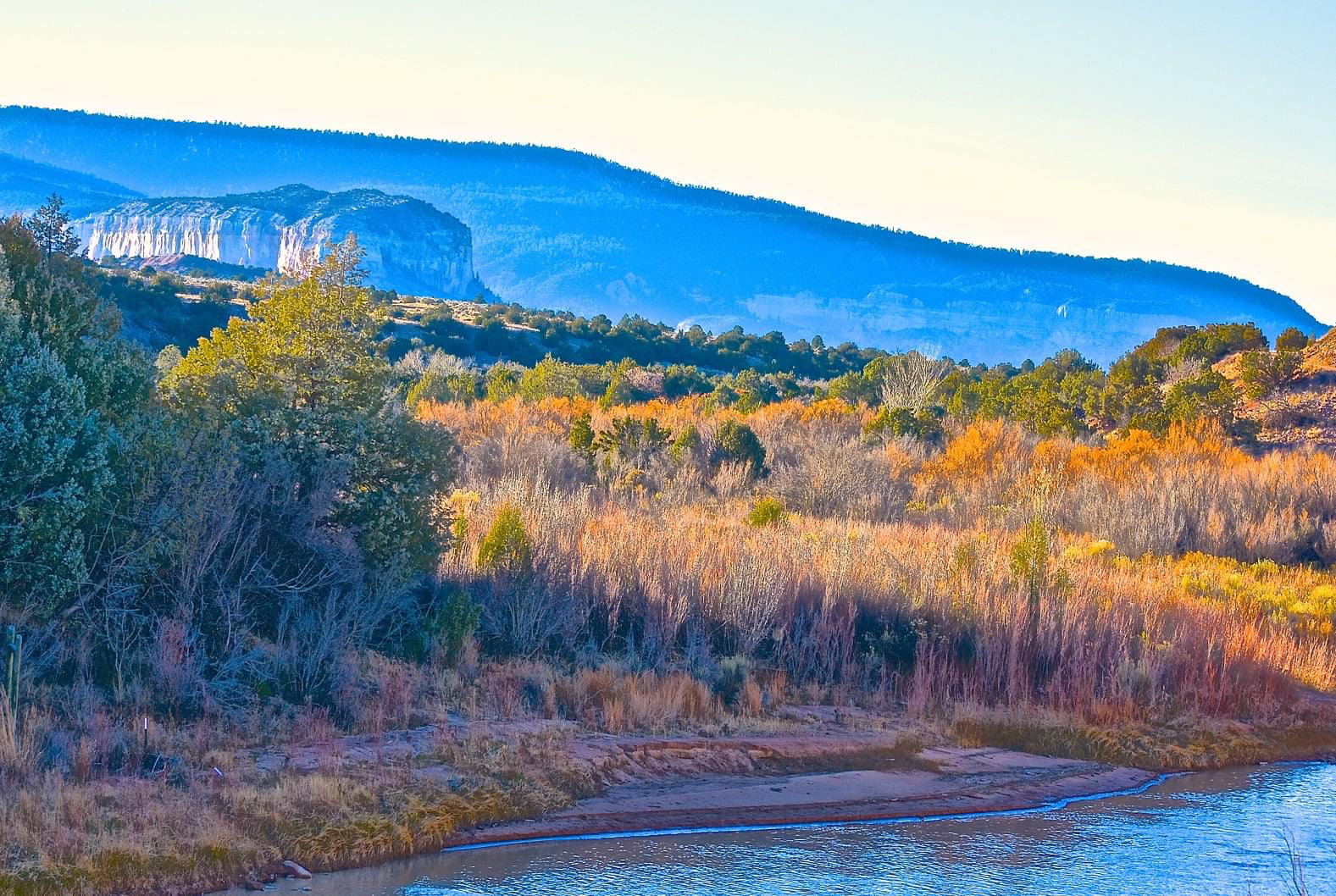
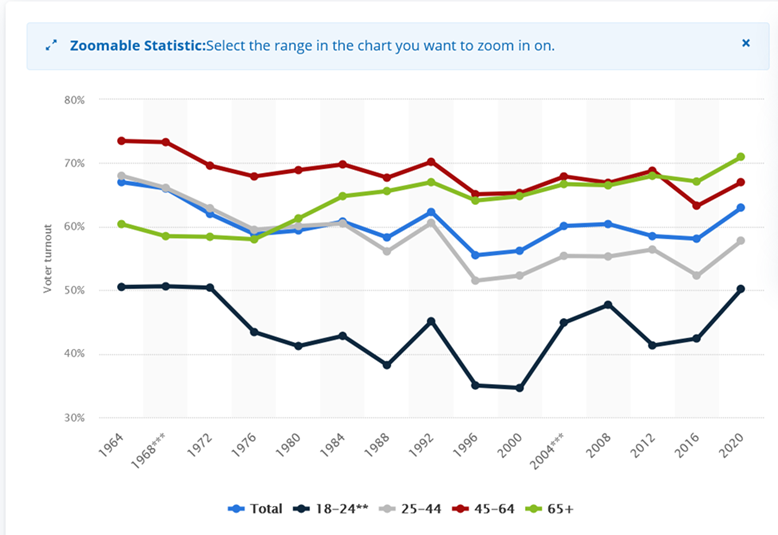

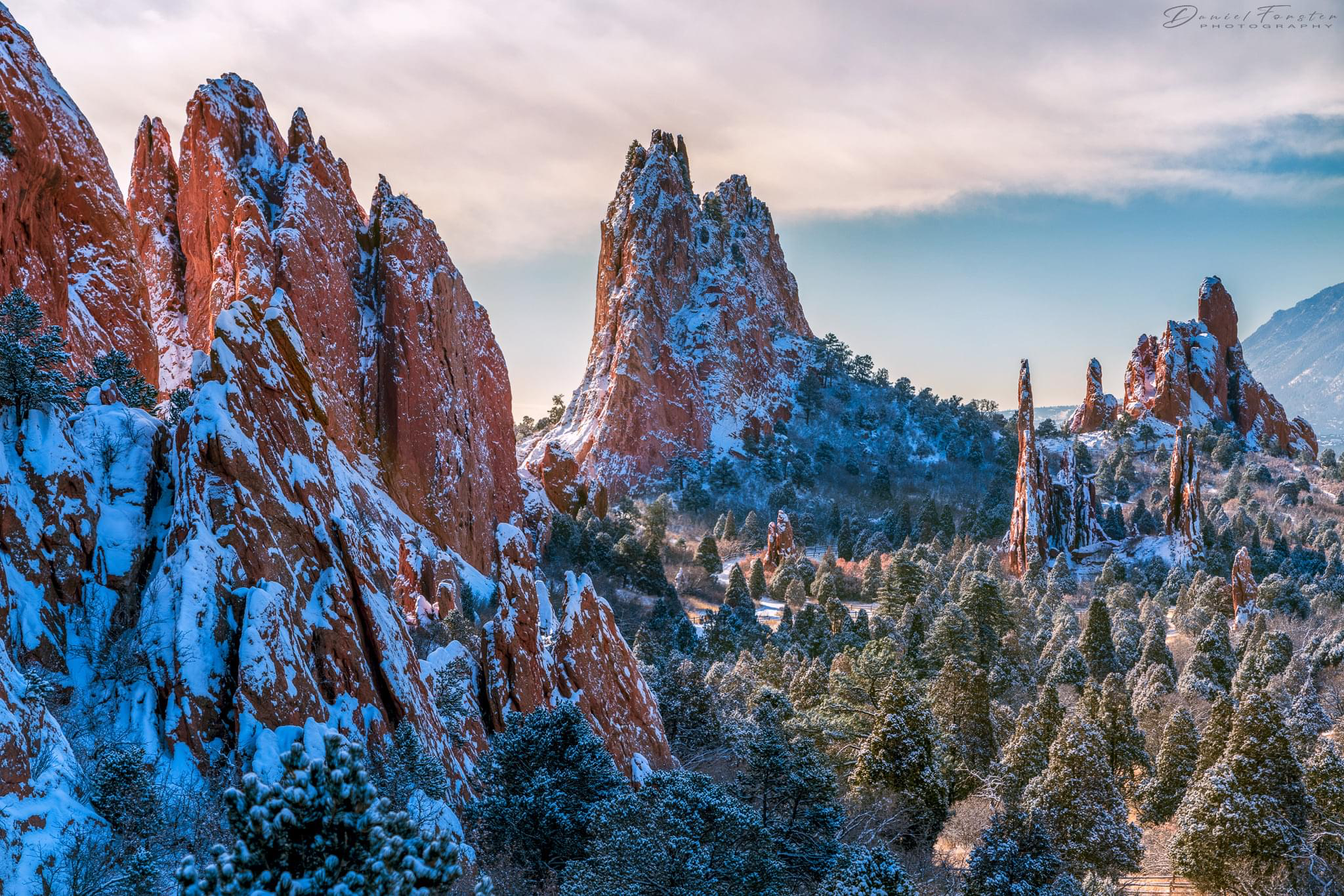


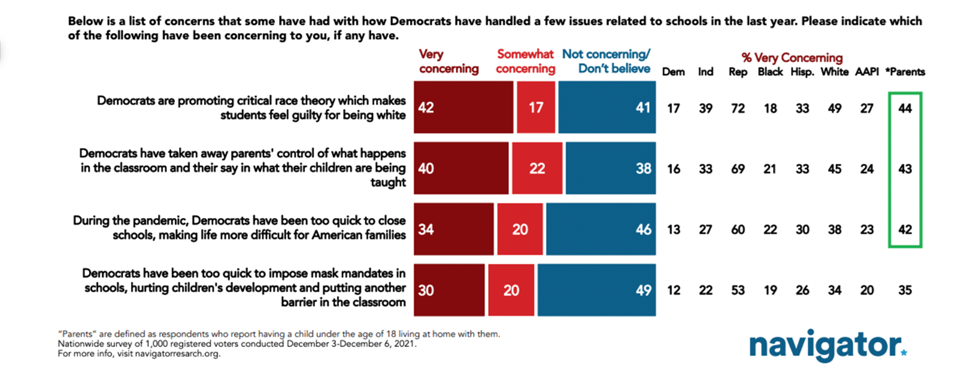
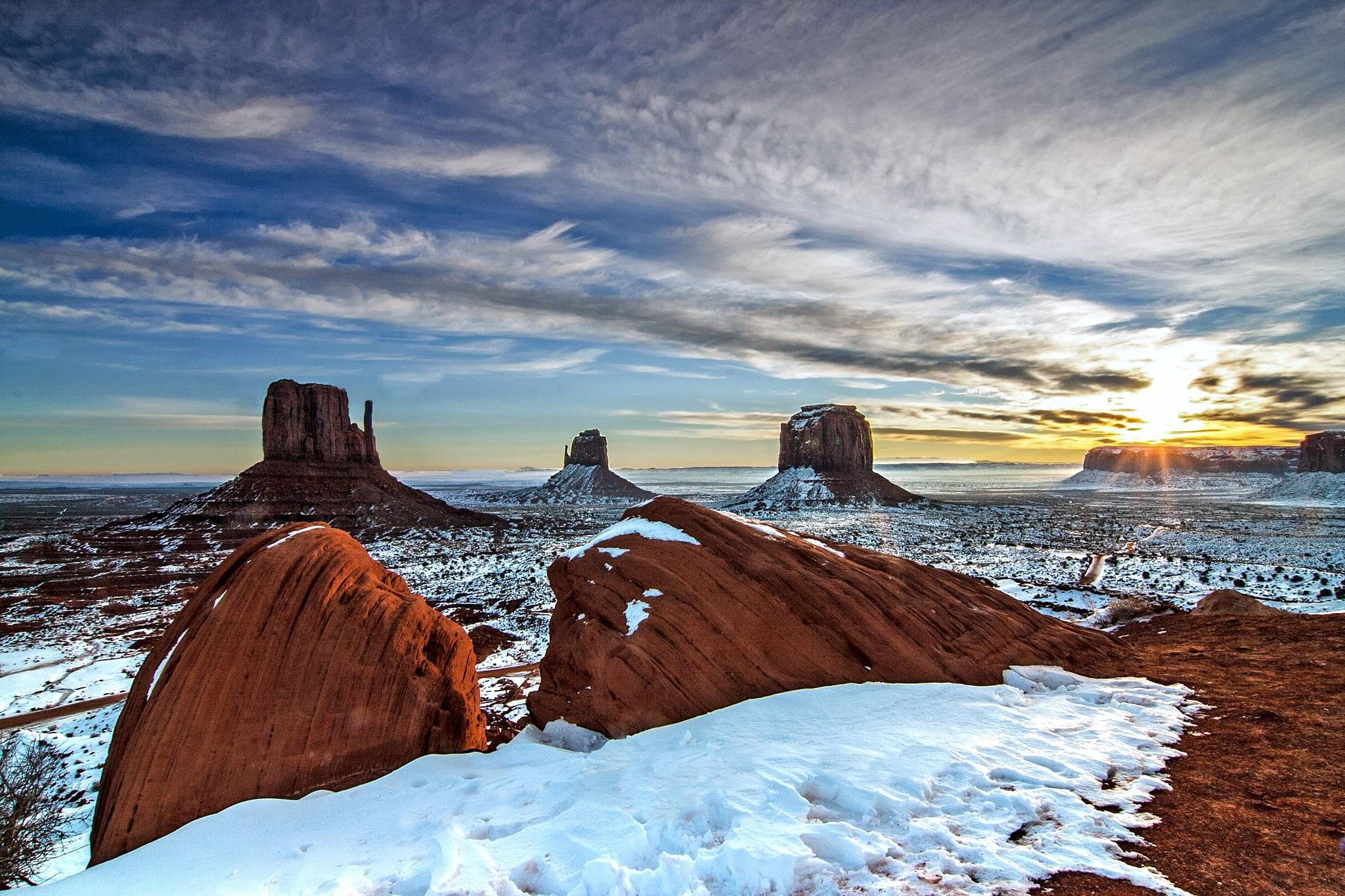
 Oregon City Bridge, OR with Willamette Falls in background – January 2022 photo by
Oregon City Bridge, OR with Willamette Falls in background – January 2022 photo by 